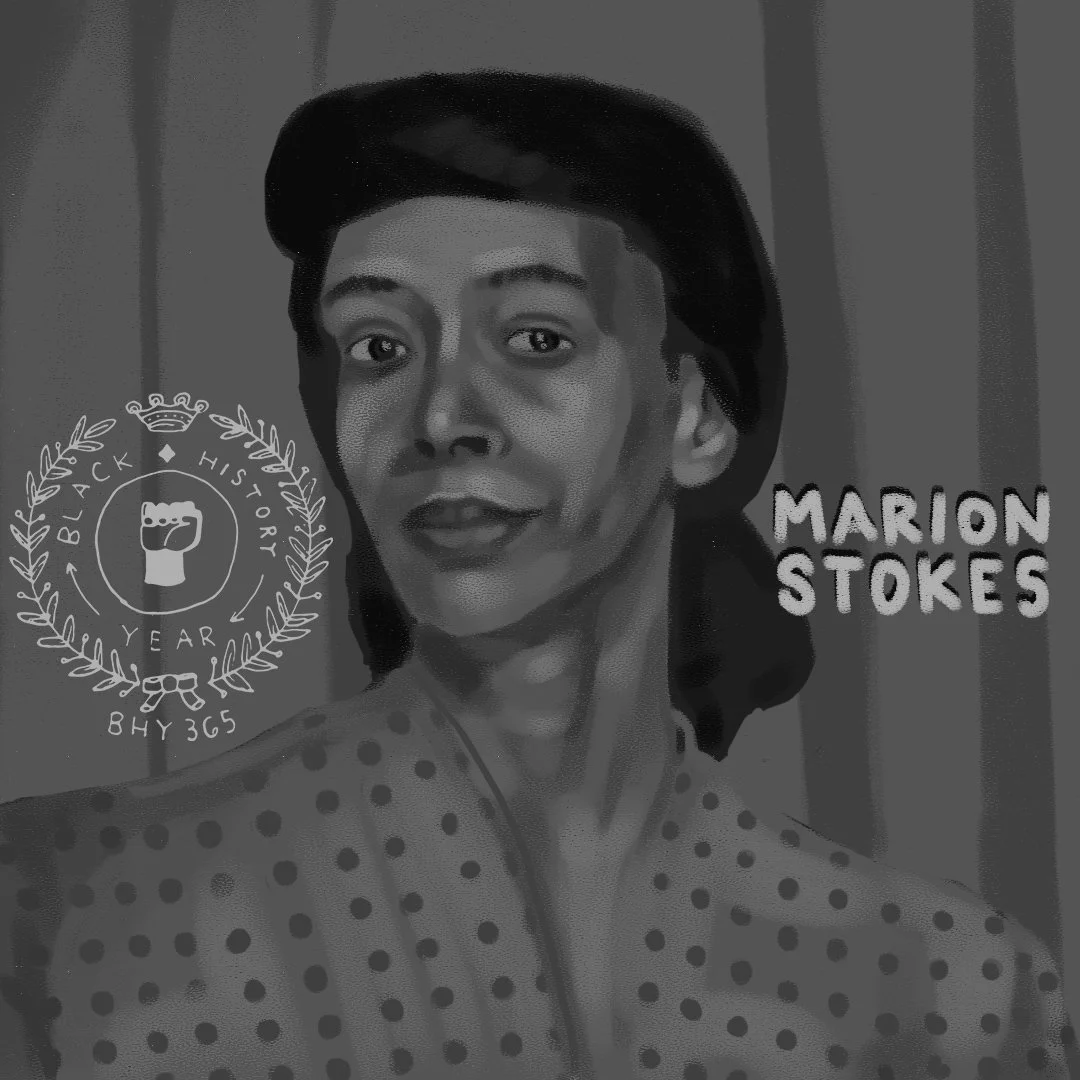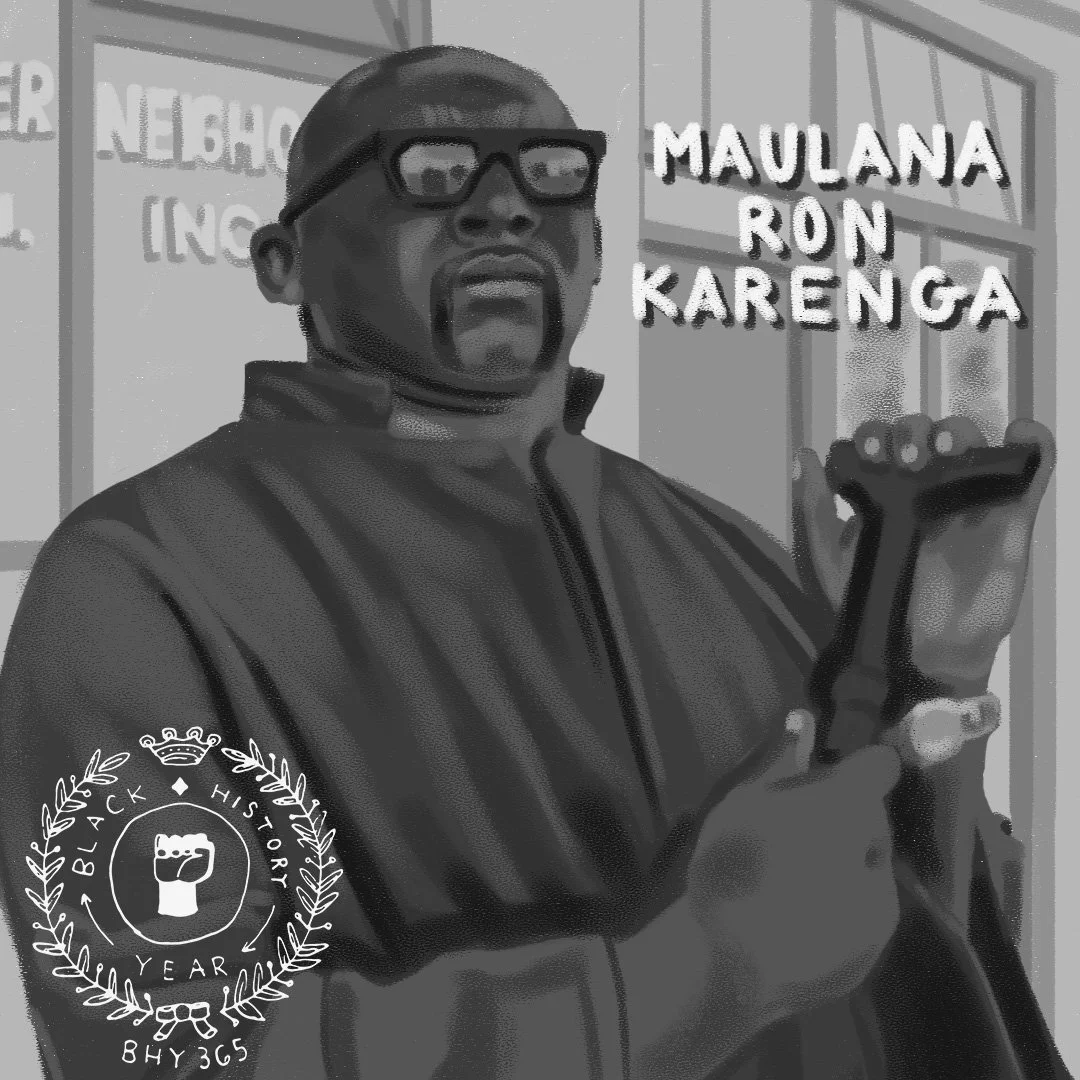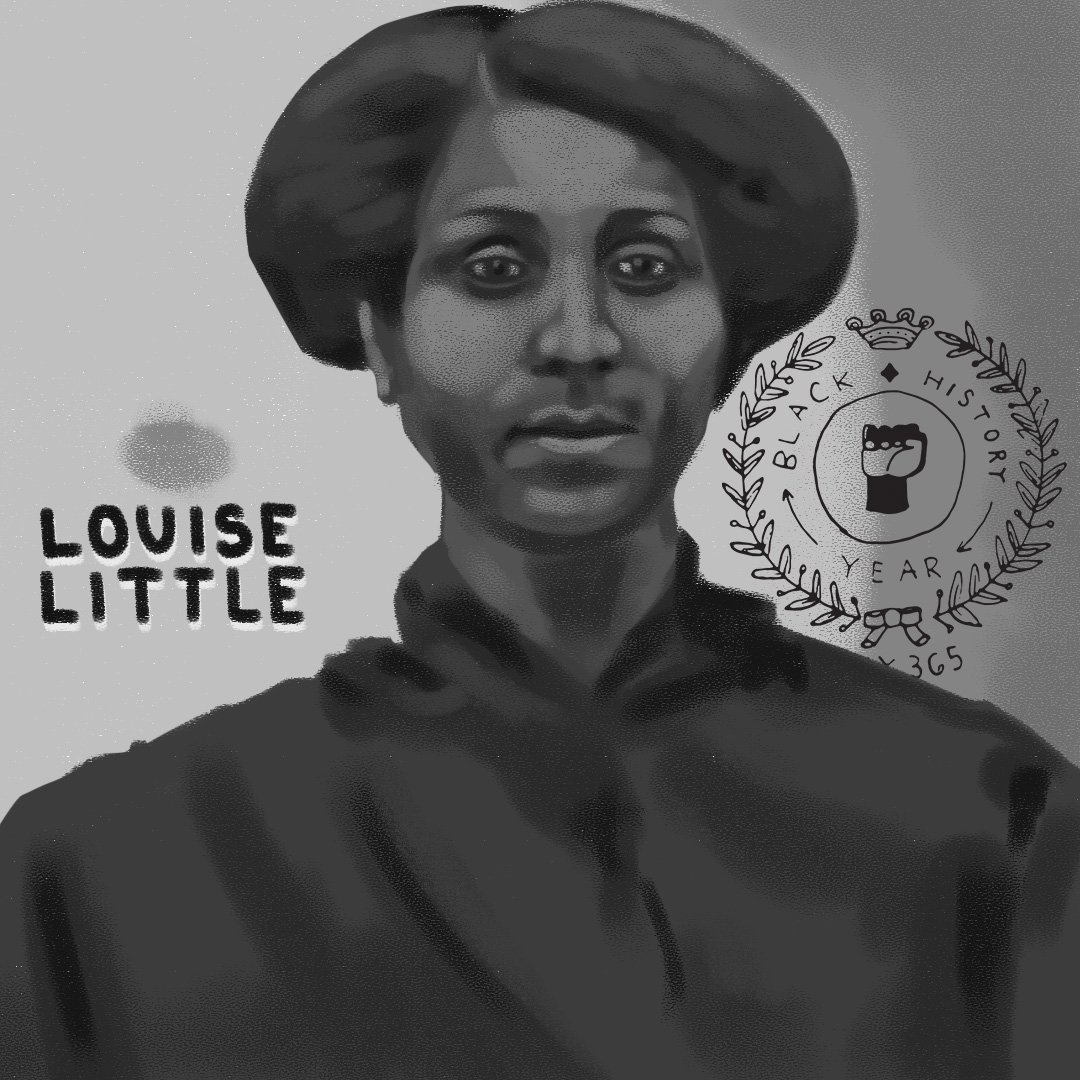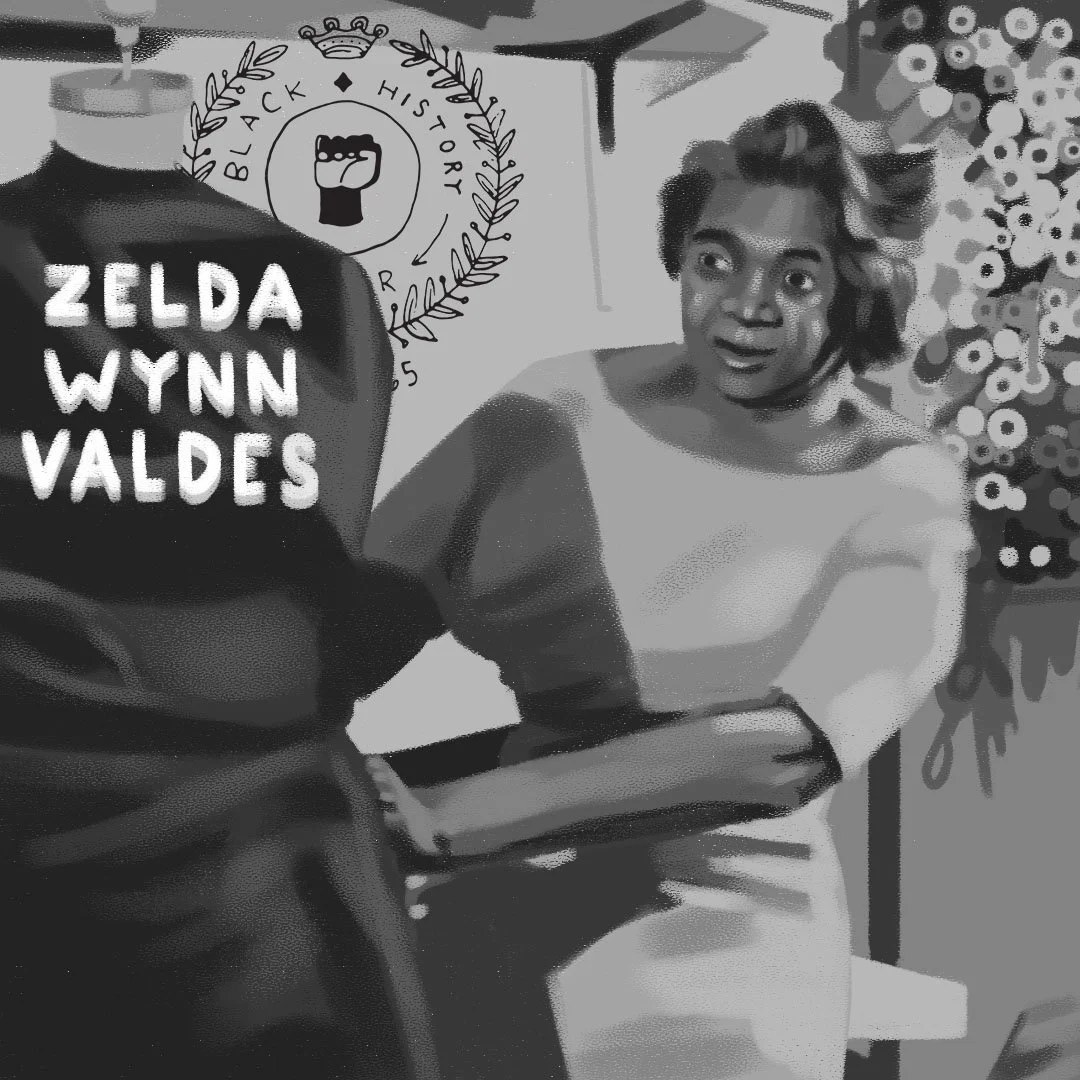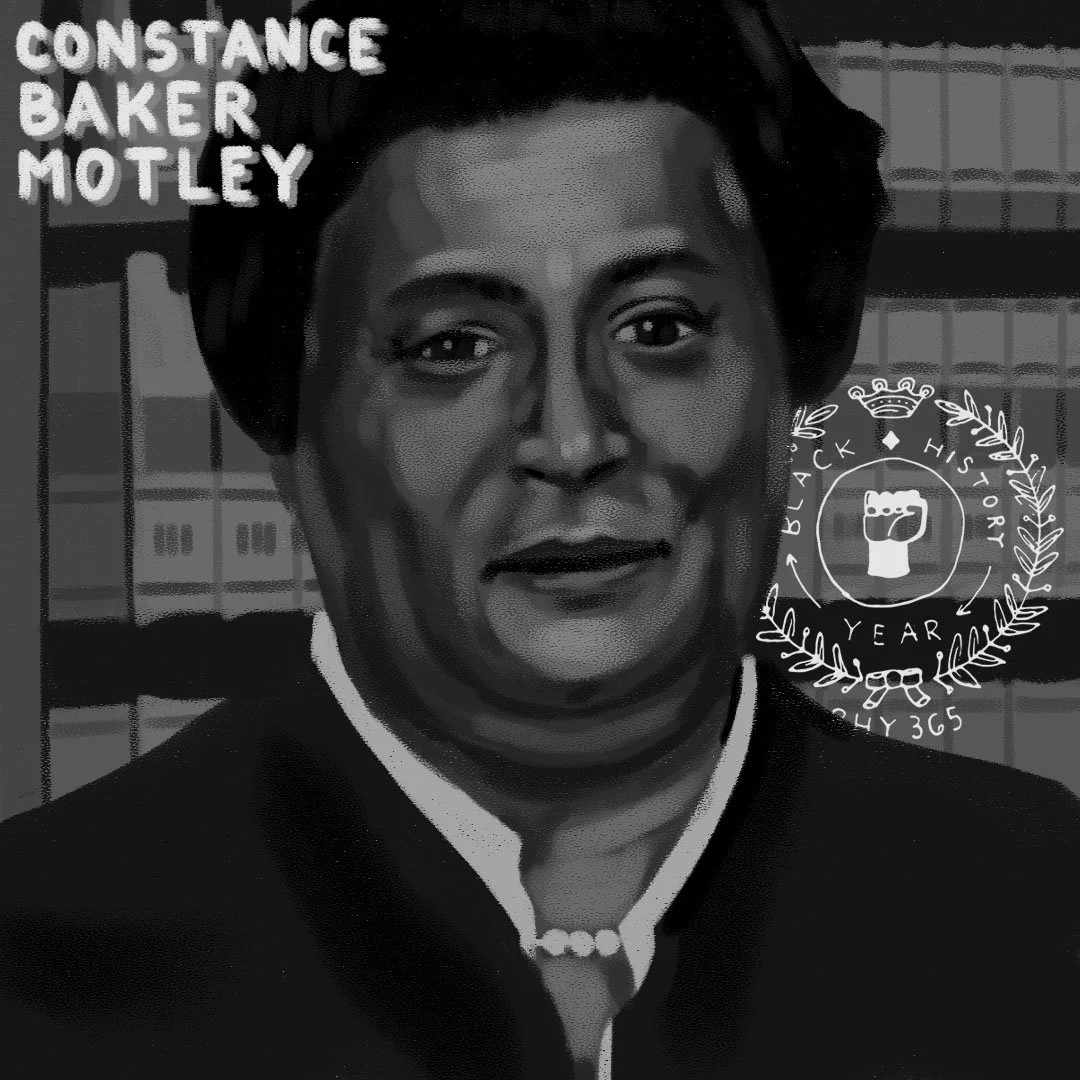This is Marion Marguerite Butler Stokes. Beginning in 1979, former librarian Marion Stokes recorded broadcasts from multiple televisions at once, 24 hours a day, eventually accumulating 71,000 tapes of television history. She believed that the news held crucial historical details at risk of disappearing forever. It started in 1979 with the Iranian Hostage Crisis at the dawn of the twenty-four hour news cycle. It ended on December 14, 2012 while the Sandy Hook massacre played on television as Marion passed away. Having been surveilled by the government for her early political activism––she and her first husband had attempted to defect to Cuba together –– Stokes was exceedingly cautious about her recordings while she was alive. Networks were disposing their archives for decades into the trashcan of history. Remarkably Marion saved it, and now the Internet Archive will digitize her tapes and will be made publicly available, offering everyone the opportunity to examine history. Rest in peace.
Black History 365 | # 284 Maulana Ron Karenga
Dr. Maulana Ron Karenga is an American activist, scholar, and author. He is best known as the creator of Kwanzaa. Dr. Karenga is the author of 17 books and monographs and 4 co-edited books; 57 journal articles; 42 book chapters; over 650 columns and commentaries on critical issues; and numerous encyclopedia entries. Born Ronald McKinley Everett in Parsonsburg, Maryland, he is the 14th child of a Baptist minister. He moved to California in the late 1950s to attend Los Angeles City College. He attended the University of California, Los Angeles (UCLA) as part of a federal program and received his Master's in political science and African studies. After meeting Malcolm X, Karenga began to embrace Black Nationalism, and after the Watts riots in 1965, he joined the Black Power movement. He changed his first name to "Maulana," Swahili for "master teacher.” Fly. Salute!
Black History 365 | # 283 Louise Little
Peace to Louise Little. May God watch over the Little’s for eternity. Little is known about Louise Little — she was put in a mental asylum and her children were left to the state. This was 14 years after her house was burned down by the KKK due to her and her husband’s activism. She was pregnant with Malcolm X at the time. She was widowed at the time of being put in the mental asylum and she remained there for 25 years. Louise and her husband, Earl, were unapologetic activists who pushed a message of revolution in the new Black communities of the unwelcoming Midwest. They were targeted by the KKK as a result. She had waged an eight-year battle against welfare workers, police and judges. Helen Louise Langdon was born on the Caribbean island of Grenada between 1894 and 1897. Her father was white, but it is unknown the nature of the relationship between the father and mother whether it was one of consent or not. Louise was a baby when her mother died, so she was raised by her grandmother Mary Jane Langdon and her aunt Gertrude. Mary Jane and her husband, Jupiter, who also died when Louise was small, were captured in West Africa when they were young but were freed by the British Navy sometime after 1833, when imperial Britain banned slavery. Louise studied at a local Anglican school, excelled in writing, spoke English, French and Creole and absorbed world history — however slanted a version — from the Royal Reader textbooks given to millions of children across the British Empire. Louise Little was immediately drawn to Marcus Garvey’s ethos of self-determination and Pan-African confraternity — as was Earl Little, a Baptist minister and recent immigrant who had escaped the violence of Jim Crow Georgia. The two married after meeting at a Garvey event. As the Little children began to attend school, Louise took on a new role: a prescient form of the activist parent. She worked to counter what the children were taught, correcting the routine slander about Black people to inoculate her children against self-hatred. Absolutely beautiful. Malcolm X is quoted as saying “…she was a most Faithful Servant of the Truth years ago. I praise Allah for her.”
Black History 365 | # 282 Zelda Wynn Valdes
Your royal flyness. Shoutout to Zelda Wynn Valdes, the fashion and costume designer from Chambersburg, Pennsylvania. Her designs were worn by numerous celebrities and entertainers, including Dorothy Dandridge, Josephine Baker, Marian Anderson, Josephine Baker, Ella Fitzgerald, Mae West, Ruby Dee, Eartha Kitt, and Sarah Vaughan. She studied her grandmother’s work as a seamstress and also worked in her uncle’s tailoring shop. Valdes began working as a stock girl at a high-end boutique around 1920 and worked her way up to become the boutique’s first Black sales clerk and tailor. In 1948, at the age of forty-seven, Valdes opened the first African-American-owned boutique in Manhattan with her sister, Mary Barbour, as her assistant. Located at Broadway and West 158th Street, she called her store Chez Zelda. In 1958, Playboy magazine founder Hugh Hefner hired Valdes to design the first Playboy Bunny costumes. Hefner commissioned Valdes to do this work on the recommendation of the magazine’s promotion director, Victor Lownes. Originally, the Valdes design had the ears taller, and the ensemble lacked the trademark bow tie, collar, and cuffs. First unveiled publicly in an early episode of Playboy’s Penthouse Magazine, the bunny costume made its formal debut at the opening of the first Playboy Club in Chicago, Illinois, on the evening of February 29, 1960. In 1970, Arthur Mitchell asked Valdes to design costumes for his new company, the Dance Theater of Harlem. Valdes continued to work with the Dance Theater of Harlem until her death on September 26, 2001, at age ninety-six. We been the ones responsible for the standard of excellence. Salute.

